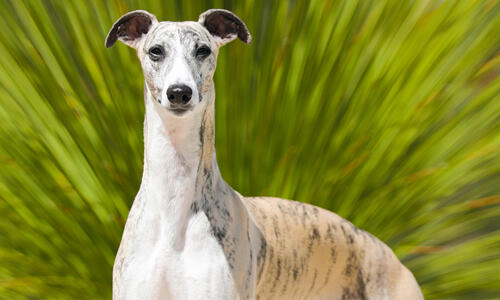Introduction
The Australian Shepherd is a highly intelligent and versatile dog breed that is well known for their herding abilities and loyalty to their owners. Despite their name, the Australian Shepherd actually originated in the Western United States in the 19th century and was developed to work on ranches and farms. They are medium-sized dogs with a thick and wavy coat that comes in a variety of colors, including black, blue merle, red, and red merle. Australian Shepherds are highly trainable and excel in various activities such as obedience, agility, and even search and rescue. They make excellent companions for active families or individuals who are willing to provide them with plenty of exercise and mental stimulation.
Temperament
Australian Shepherds are highly intelligent, energetic, and loyal dogs with a strong work ethic. They are known for their agility, obedience, and herding instincts, making them great companions for active individuals and families. These dogs require plenty of physical exercise and mental stimulation to stay healthy and happy. They are also very affectionate and thrive on human companionship, making them excellent family pets. Overall, Australian Shepherds are well-rounded dogs that make wonderful additions to active and loving homes.
Aggression
Like all dog breeds, Australian Shepherds have the potential to display aggressive behavior, although it is not common for this breed. Aggression in Australian Shepherds can be caused by a variety of factors, including fear, anxiety, territorial behavior, and lack of socialization or training. In some cases, aggression may also be related to health issues or pain. It is important for owners to be aware of their dog’s behavior and to seek professional help if they notice signs of aggression, such as growling, biting, or snapping. Training and socialization from a young age can help prevent aggressive behavior in Australian Shepherds, and proper management of the dog’s environment can also play a role in promoting positive behavior. It is important for owners to work with a qualified dog trainer or behaviorist to address any aggression issues and ensure the safety of both the dog and those around them.
Health and Lifespan of Australian Shepherd

The reported lifespan range of the Australian Shepherd is typically between 12 to 15 years. However, factors such as genetics, diet, exercise, and overall health can play a significant role in determining an individual dog’s lifespan. Proper care and attention to their well-being can help extend their life expectancy.
Food for Australian Shepherd
The best food for an Australian Shepherd will depend on several factors, including the dog’s age, activity level, and overall health. A high-quality dog food that is specifically formulated for active breeds is generally recommended for Australian Shepherds. Look for a food that contains high-quality protein sources, such as meat or fish, as well as healthy fats and carbohydrates for sustained energy. Avoid foods that contain artificial preservatives, colors, or flavors, as well as fillers like corn or wheat. It is also important to feed your Australian Shepherd the appropriate portion sizes and to avoid overfeeding, as this breed can be prone to obesity.
Training for Australian Shepherd

Training an Australian Shepherd requires patience, consistency, and positive reinforcement techniques. Start with basic obedience commands such as “sit,” “stay,” and “come,” and gradually increase the difficulty level of the training sessions. Provide plenty of mental and physical stimulation to prevent boredom, which can lead to destructive behavior. Use positive reinforcement techniques such as treats, toys, and verbal praise to reinforce good behavior. Socialization is also essential, so expose your Australian Shepherd to different people, animals, and environments to promote confidence and good behavior.
Conclusion
In conclusion, Australian Shepherds are intelligent, loyal, and active dogs that make great companions for individuals and families who are willing to provide them with plenty of physical exercise and mental stimulation. While they are generally healthy and easy to care for, it is important for owners to be aware of their needs and to provide them with proper training and socialization from a young age. With the right care and attention, Australian Shepherds can thrive in a variety of environments and make wonderful additions to loving homes.




